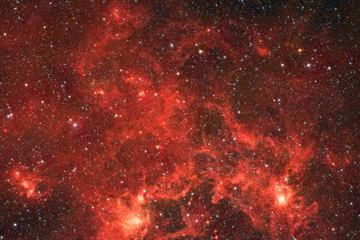
- #Night shift for mac monitors install#
- #Night shift for mac monitors pro#
- #Night shift for mac monitors mac#
This mode is for use in a controlled viewing environment set up per ITU-R BT.2100. HDR Video (P3-ST 2084): Configures the display for use in 4K or ultra high-definition video production workflows up to 1000 nits (full-screen sustained) using the wide color P3 primaries and the high dynamic range SMPTE ST-2084 EOTF. This mode is based on the wide color P3 color primaries, automatically adjusts to varying lighting conditions, and supports a brightness range of up to 500 nits, typical of Apple built-in displays. This mode is based on the wide color P3 color primaries, automatically adjusts to varying lighting conditions, and supports a brightness range of up to 600 nits.Īpple Display (P3-500 nits): Configures the display for general use in office and home environments. This mode is based on the wide color P3 color primaries used by Apple displays, automatically adjusts to varying lighting conditions, and includes Extreme Dynamic Range support up to 1600 nits (peak).Īpple Display (P3-600 nits): Configures the display for general use in office and home environments. This mode is based on the wide color P3 color primaries used by Apple displays, automatically adjusts to varying lighting conditions, and includes Extreme Dynamic Range support up to 1600 nits (peak).Īpple Display XDR (P3-1600 nits): Configures the display for general use in office and home environments.
#Night shift for mac monitors pro#
Pro Display XDR (P3-1600 nits): Configures the display for general use in office and home environments. The display brightness and black level adjust automatically based on current ambient lighting conditions.Īutomatically adjusts the colors on the display based on current ambient lighting conditions.
#Night shift for mac monitors mac#
For alternative ways to adjust brightness, see Change your Mac display’s brightness. Move the slider to the right to make the screen brighter or to the left to make it darker. Show all available resolutions, including low-resolution modes.Ĭontrols how light or dark your screen appears. Choose Default to automatically use the best resolution for the display, or choose another option to manually choose between larger text or more space onscreen. This option only appears when you have an external display connected to your Mac.Ĭhoose the amount of detail your display shows. This option only appears when you have an external display connected to your Mac.Ĭhoose to optimize for the external display or your desktop. Set up your display to mirror or extend your desktop or to act as your main display. See Extend or mirror your Mac desktop across multiple displays.Ĭhoose a display to mirror or extend your desktop. This option only appears when you have an external display connected to your Mac. To relocate the menu bar, drag it to a different display. To mirror displays, hold the Option key while dragging them on top of each other.
#Night shift for mac monitors install#
Install and reinstall apps from the App Store.“These programs help, but they don’t completely remove the possibility of suppressing melatonin. Figueiro, a professor at Rensselaer Polytechnic Institute and the program director of its “Disruption of sleep is not just melatonin suppression it’s what you’re doing to your brain to keep it alert,” Mariana G. Most sleep experts recommend turning off all devices at least two hours before bedtime-Night Shift activated or not. Overall, shifting the color temperature on a device of any screen size might not be enough. The bigger the screen size, the more intense the light being emitted, hence the higher chance that you won’t get a good night’s rest. The impact on you: Night Shift on macOS might be more helpful than in iOS simply because, according to sleep experts, a device’s screen size and light intensity does play a factor in lack of melatonin production.

Disruption of sleep is not just melatonin suppression it’s what you’re doing to your brain to keep it alert. Wrote Macworld contributor Glenn Fleishman when Night Shift was first introduced. “The big problem is that there’s no solid evidence that mobile screens’ color temperature is the real culprit, nor whether devices and monitors can shift enough to matter if they were-or even if blue light on its own is the trigger,”


 0 kommentar(er)
0 kommentar(er)
